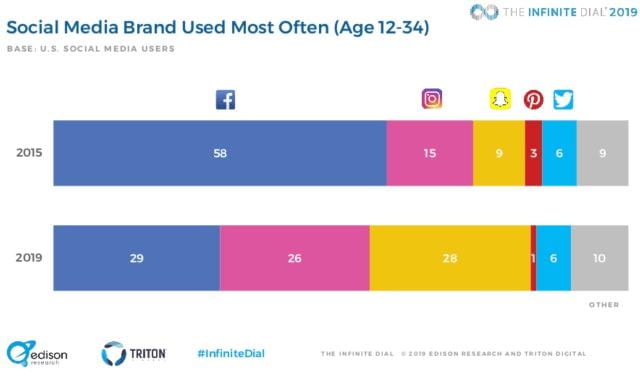We are living in an unprecedented era, where the vast storehouse of human knowledge is readily available and easily accessible – quite literally at our fingertips. At the same time, the web has become a place where anyone with a computer (or smartphone or tablet) and a connection to the Internet can readily publish content in all major media formats: text, images, audio and video…and share this with the world! Welcome to the world of social media … and for educators, this has both opportunities and challenges.
Think about that! When your parents were your age, one needed a publishing house or telecommunications company to publish. Now YOU can do it easily…and so can your students!
Or…just to be a little snarky…so can the President of the United States:
We are connecting to each other in new ways through social networking sites, blogs, wikis, video/audio sharing, and a host of communication tools. This new media environment is a disruptive force that is generating questions about some long-held views in education that relate to information access, communication, collaboration, scholarship, and perhaps most importantly teaching and learning. And it is a fluid environment…what was true 5 years ago may not be true now.
Some would suggest that education has not adapted to these changes, and that the classrooms of the future will continue to look like classrooms of the past. Others would suggest that the old models are not sustainable.
And in the past few months, our lives have been upended (and locked down) due to the COVID-19 pandemic. With people (hopefully) staying indoors and isolated, some have turned to social media as their new means of socialization.
Learning can be enhanced when course participants have an opportunity to forge communities of interest, leveraging collaborative relationships to expand and deepen inquiry. When deftly designed and implemented, the use of social media can increase the engagement of learners and the impact of an experience. But we must also be mindful of the dark side of social media – misinformation, manipulation, and cyberbullying.
Vicki Davis published an excellent guidebook for social media in the classroom in 2014, which included 12 ways teachers in K12 were using social media:
- Tweet or post status updates as a class.
- Write blog posts about what students are learning.
- Let your students write for the world.
- Connect to other classrooms through social media.
- Use Facebook to get feedback for your students’ online science fair projects.
- Use YouTube for your students to host a show or a podcast.
- Create Twitter accounts for a special interest projects.
- Ask questions to engage your students in authentic learning.
- Communicate with other classrooms.
- Create projects with other teachers.
- Share your learning with the world.
- Further a cause that you care about.
As Vicki noted at the end,
“Social media is here. It’s just another resource and doesn’t have to be a distraction from learning objectives. Social media is another tool that you can use to make your classroom more engaging, relevant and culturally diverse.”


